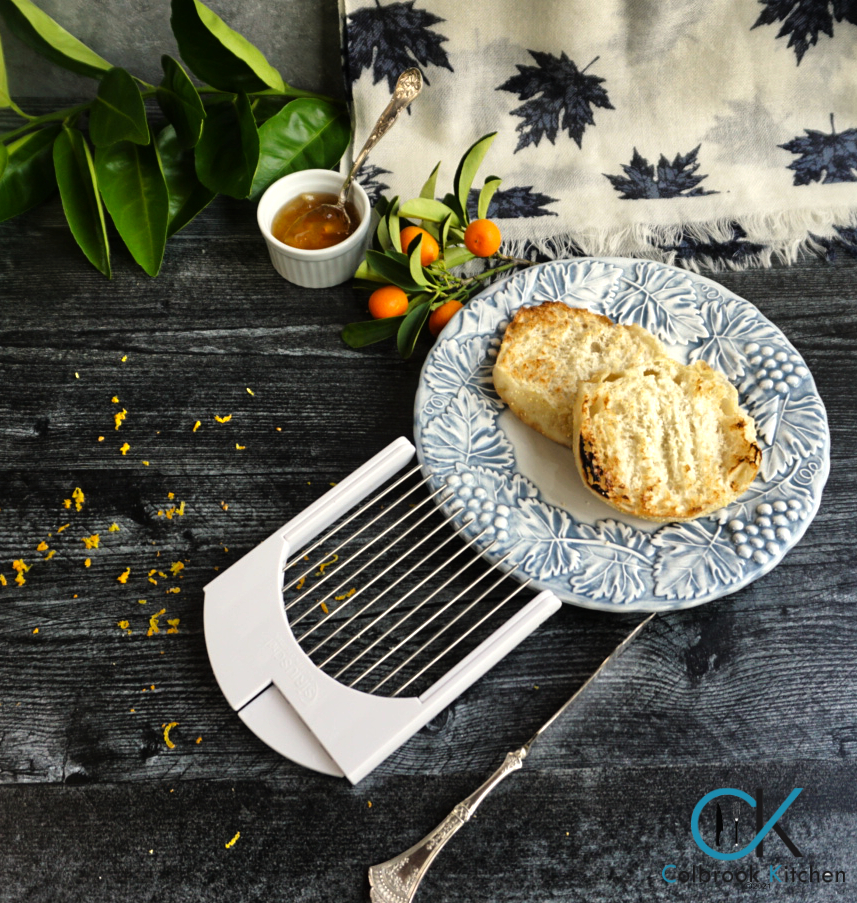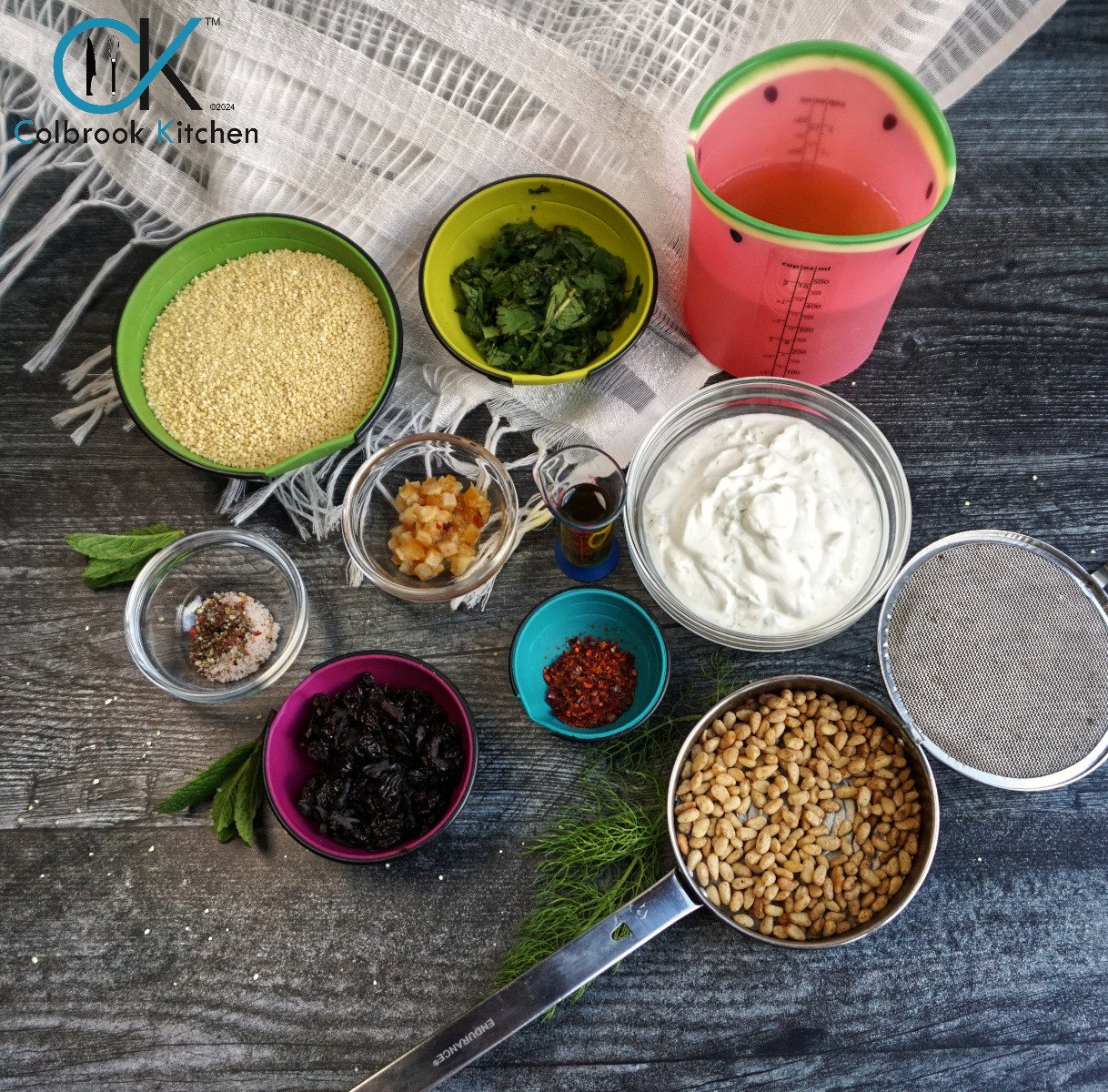Cool Tip: Compound butter
- Jun 23, 2015
Butter is a common-enough ingredient in modern Western European cuisine, but with a very interesting history. The Celts raised cattle, whose milk was the basis for butter, but the Roman invaders made lard and olive and walnut oils the predominant fats during the early Middle Ages in Western Europe. Butter is missing from the famous medieval French cookbooks. But by the 15th Century, butter had become so popular that it was banned by the Church for consumption during Lent. This led to “quite a commerce in papal indulgences” for the right to eat butter on lean days, and became a point of contention by certain Protestant sects.
Compound butters are similarly an old Latin preparation: mixing herbs and spices into butter or oil; these are recognizable in modern Italian pesto or Provencal pistou. And in northern Europe, where butter was revived by cattle-raising peoples, butter supplanted olive oil as the fat to be mixed with local herbs and spices. By the 17th Century, compound butters began to appear in French recipes, and by the end of the 19th Century, French cookbooks contained many recipes for a variety of compound butters.
In late 20th-21st Century cuisine, the use of compound butters has followed the trends for reduced amounts of butter and other oils, becoming a flavor element for serving grilled fish or meats, or on steamed vegetables, or as an important component of lighter sauces. Compound butters are a simple and elegant way to dress up even the simplest of dishes.
Recipes for compound butters always recommend starting with unsalted butter: exactly as you can produce using the Butter Maker … and to which you can add almost any herb or spice combination that you can imagine, as well as a broad range of other flavors, such as hazelnut (noisette) or shrimp or lobster shells. Let your taste buds guide you wherever …!
Thanks to Madeleine Kamman and Julia Child for their wonderful resource books.
Bon Appetit!





